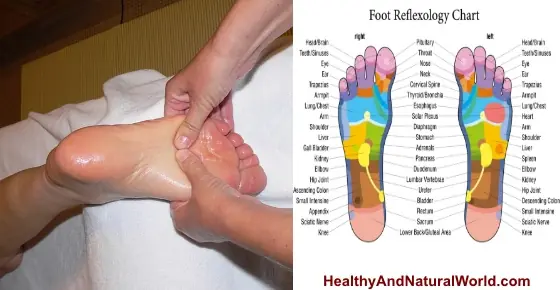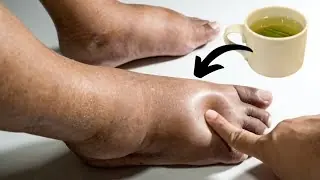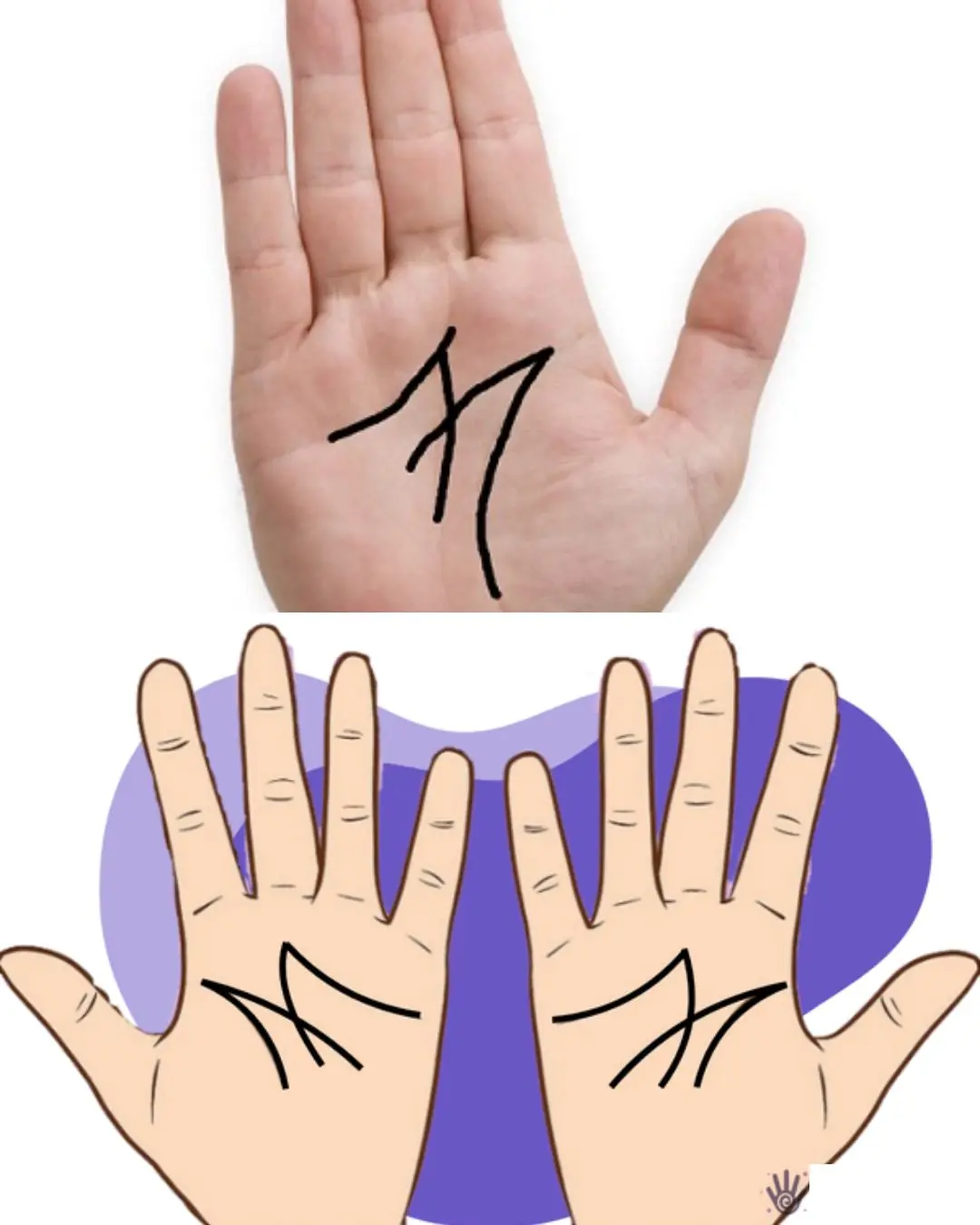
Powerful Piriformis Stretch to Soothe Sciatic, Hip, and Lower Back Pain

Struggling with Sciatica? Try These Simple Piriformis Stretches for Relief
Do you find it uncomfortable to sit for extended periods, knowing that after just 30 minutes, your lower back or glutes will start aching? Everyday activities like commuting, attending meetings, watching movies, or even kayaking can turn into a painful ordeal of shifting and massaging just to remain seated.
What is the Sciatic Nerve?
The sciatic nerve is the largest and longest nerve in the human body. It originates in the lower back, travels through the hips and buttocks, and extends down each leg.
Sciatica occurs when the sciatic nerve gets compressed or irritated, leading to pain, tingling, or numbness. This discomfort typically starts in the glutes and radiates down the hamstrings or up into the lower back.
Symptoms of sciatica can include:
-
A dull ache that evolves into sharp or shooting pain
-
Discomfort centered in the glutes, hips, or sacral region
-
Radiating pain in one or both legs
Common causes of sciatica include herniated discs, spinal stenosis, trauma, or piriformis syndrome.
Understanding the Piriformis Muscle
The piriformis is a small, deep muscle located in the glutes, extending from the sacrum to the top of the femur. When this muscle becomes tight or goes into spasm, it can press against the sciatic nerve, resulting in piriformis syndrome.
Symptoms of piriformis syndrome may include:
-
Pain in the buttocks or hip
-
Radiating leg pain or tingling
-
Reduced mobility and flexibility
Treatment typically includes stretching, physical therapy, and lifestyle changes. The good news is that these stretches are simple, effective, and easy to incorporate into your daily routine.
Effective Piriformis Stretches for Sciatic Pain Relief
These stretches are ideal for doing at your desk, after workouts, or during breaks from long sitting sessions. They’re particularly useful after exercises or activities that cause tightness in the hips.
1. Seated Glute Stretch
Sit in a chair and cross one ankle over the opposite knee. Gently lean forward to deepen the stretch. For an intensified stretch, press your knee down with your hand, then alternate by pressing your knee upward into your hand. This variation is great for desk work.
2. Seated Spinal Twist
Sit on the floor with your legs extended. Cross one leg over the other, placing the foot outside the opposite knee. Twist your torso toward the bent knee, wrapping your arm around it. This twist opens the spine and helps alleviate nerve compression.
3. Figure 4 Stretch (Lying Down)
Lie on your back and cross one ankle over the opposite thigh to form a “4” shape. Use both hands to pull the opposite leg toward your chest. This stretch targets the hips and glutes, releasing tension.
4. Knee-to-Opposite-Shoulder Stretch
While lying on your back, pull one knee toward your chest, then guide it gently across your body toward the opposite shoulder. This movement helps relax the piriformis and gluteal muscles.
5. Standing Hamstring Stretch
Place one foot on a chair or elevated surface. With your spine straight, hinge forward from the hips (avoid bending the spine). This stretch focuses on tight hamstrings that may be contributing to sciatic pain.
6. Standing Piriformis Stretch
Stand on one leg, resting the opposite ankle over the knee (similar to the seated figure 4 stretch). Bend into a squat position while gently pressing the raised knee down. Hold onto a wall or chair for balance.
7. Scissor Hamstring Stretch
Stand in a triangle stance with one foot forward and the other back. Without bending your knees, hinge forward, keeping a flat back, and lead with your chest. If necessary, use a strap or towel to deepen the stretch.
8. Forward Pigeon Pose
Begin in a plank position, bring one leg forward, and rotate the knee outward. Lower your body as deeply as your flexibility allows, using props like blocks or cushions if needed. This yoga-inspired stretch is excellent for releasing deep hip tension.
Stretch Safely
These stretches should never cause pain. Ease into each one gradually, and use your breath to guide you—inhale to prepare, then deepen the stretch as you exhale. Avoid bouncing or forcing yourself into any position.
Tips for Safe Stretching:
-
Hold each stretch for 10–30 seconds
-
Repeat 2–3 times per side
-
Always maintain a straight spine where possible
-
Use props (yoga blocks, straps, or cushions) if necessary
If your pain continues or worsens, consult a healthcare professional or physical therapist for a personalized treatment plan.
The Takeaway
Piriformis stretches are a natural and effective way to manage sciatic nerve pain and improve mobility. While they help alleviate symptoms, it's equally important to address the root causes, such as poor posture, lack of movement, or muscle imbalances.
By regularly incorporating these stretches and taking a holistic approach to wellness, you can reduce discomfort, improve flexibility, and restore pain-free movement in your daily life.
News in the same category


If You Do These 8 Things You Are Slowly Destroying Your Brain

How Drinking Bottled Water Could Seriously Impact Your Health

The Unexpected Health Benefits You Get from Massaging Your Feet Often Will Shock You

Symptoms of Vitamin B12 Deficiency

If Your Heart Hurts Suddenly, It Could Be a Warning Sign of These Diseases

Study Confirms: Your Morning Coffee Boosts Happiness

The Science Behind Resilience: How the Brain Rewires After A Setback

Swollen Legs, Ankles and Feet: Causes and Proven Remedies (Including Parsley Tea Recipe)

We Tested Dozens of Workout Leggings — These 11 Were the Best

pH Balance and Your Health: What the Science Says About Acidosis and Alkalizing Your Body

5 Best Foods for Alopecia

The Anti-Cancer Diet: Cancer Fighting Foods to Help Prevent Cancer (Evidence Based)

How to Get Rid of Bad Breath (Halitosis): Scientifically Proven Home Remedies

Which Antiplatelet Works Better in Impaired Renal Function?

Debate Over? Radiotherapy vs Surgery in High-Risk Prostate Cancer

Schamroth Window Test May Reveal if You Have Finger Clubbing

6 Benefits of Eating Garlic Before Bedtime
News Post

'Hostile' comet aimed at Earth could obliterate the world's economy 'overnight' if it hits

Iconic movie sequel delayed until 2027 after online sleuths 'guessed the plot'

Wooden Cutting Board Got Black Mold? Skip the Soap—Do This 5-Minute Reset

Don’t Use Plain Water for Flower Arrangements

When Boiling Sweet Potatoes, Don’t Use Plain Water—Add a Spoonful of This for Softer, Sweeter Results

Don’t Thaw Fish by Putting It in Water

Don’t Clean Your Bathroom Mirror with Plain Water

The Correct Way to Add Detergent and Fabric Softener to Your Washing Machine

Don’t Throw Away Rice Washing Water: 6 Smart Uses That Can Save Serious Money

Don’t Sleep With Your Pets

How to Store Fish and Meat in the Refrigerator: Shop Less, Keep Food Fresh All Month

How many eggs should you eat a week?

The Secret Meaning of the Letter “M” on Your Palm

The Remarkable Journey of Tru Beare, Who Was Born Weighing Only One Pound

If You Do These 8 Things You Are Slowly Destroying Your Brain

How Drinking Bottled Water Could Seriously Impact Your Health

The Unexpected Health Benefits You Get from Massaging Your Feet Often Will Shock You

Researchers Create Injectable Hydrogel to Boost Bone Strength

If You Have Moles on This Part of Your Body
